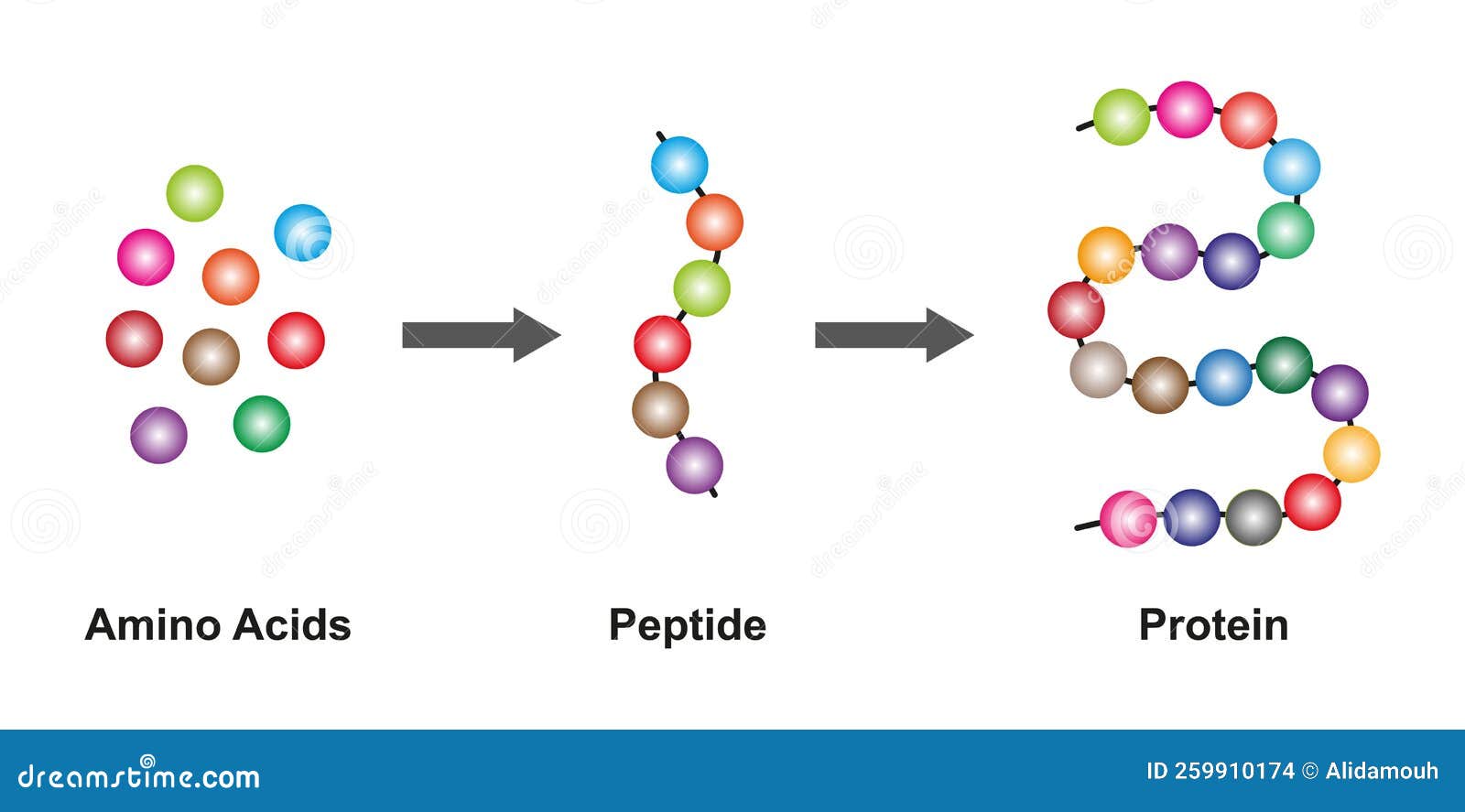Amino acids, the fundamental building blocks of proteins, have long been recognized for their biological significance. Recently, an intriguing convergence has emerged between the realms of biochemistry and electronics, highlighting the potential of amino acids in the development of advanced electronic materials and devices. This intersection, often termed as the ‘molecular interface’, underscores the role of these organic compounds in the creation and enhancement of electronic functionalities.
The molecular structure of amino acids, characterized by a central carbon atom, an amino group, a carboxyl group, and a distinctive side chain, endows them with unique electrochemical properties. These properties can be harnessed for the creation of semiconductors and other electronic components. The exploration of amino acids as a basis for electronic materials involves understanding their intrinsic conductive mechanisms and the conditions under which they can be effectively integrated into electronic systems.
One of the most significant implications of integrating amino acids with electronics lies in the development of bioelectronics. This interdisciplinary field seeks to merge biological systems with electronic interfaces. For instance, by utilizing amino acids in the fabrication of organic semiconductors, researchers have progressed toward developing flexible, biocompatible devices. These devices could potentially be employed in wearable technology, drug delivery systems, and biosensors, enhancing real-time monitoring of physiological conditions.
Amino acids exhibit varying degrees of electrical conductivity, which can be modulated through chemical modifications and environmental conditions. For example, certain amino acids, such as cysteine, can form conductive networks through disulfide linkages. This unique property can be leveraged to create nanoscale wires or conductive films that serve as crucial components of electronic circuits. Furthermore, the self-assembling nature of peptide chains creates opportunities for the design of nanoscale devices, producing structures that can spontaneously organize into functional architectures.
Another promising avenue in which amino acids intersect with electronics is through the development of molecular sensors. The incorporation of specific amino acids into sensor designs allows for high sensitivity and selectivity in detecting chemical analytes. These sensors operate on the principle that the binding of a target molecule to an amino acid modifier can induce measurable changes in electrical conductivity. As a result, an understanding of the molecular interactions at play is essential in optimizing sensor performance.
The role of amino acids extends into the realm of energy storage systems, particularly in the synthesis of organic photovoltaics. The ability of amino acids to participate in charge transfer processes presents exciting possibilities for the development of novel solar cell materials. For example, amino acid-derived organic semiconductors can exhibit high absorption coefficients, which enhances their efficiency in converting solar energy into electrical energy. This attribute, combined with the biocompatibility of amino acids, positions them as viable candidates for sustainable energy technologies.
Furthermore, the unique properties of amino acids have inspired innovations in nanotechnology. Peptide-based nanomaterials, created through the assembly of amino acids into nanofibers or nanoparticles, are being investigated for their potential in a variety of electronic applications. These materials can exhibit interesting electronic properties such as field-effect transistor behavior and photonic applications, thereby paving the way for next-generation electronics that leverage biological macromolecules.
Despite the considerable promise that amino acids hold, several challenges remain in the path toward their practical application in electronics. The complexities of scale, reproducibility, and stability of amino acid-based materials must be thoroughly addressed. Moreover, the interactions between amino acids and inorganic elements in hybrid systems necessitate further research to elucidate the fundamental principles governing their performance and reliability in electronic environments.
In conclusion, the intersection of amino acids and electronics presents a fascinating frontier in material science and engineering. The diverse functionalities exhibited by amino acids could revolutionize the design and implementation of next-generation electronic devices, ranging from biointegrated systems to renewable energy technologies. As research progresses, the quest to harness the unique properties of amino acids will undoubtedly yield innovative solutions that bridge the gap between biological and electronic domains, fostering a future where molecular biology and modern electronics coexist symbiotically.












